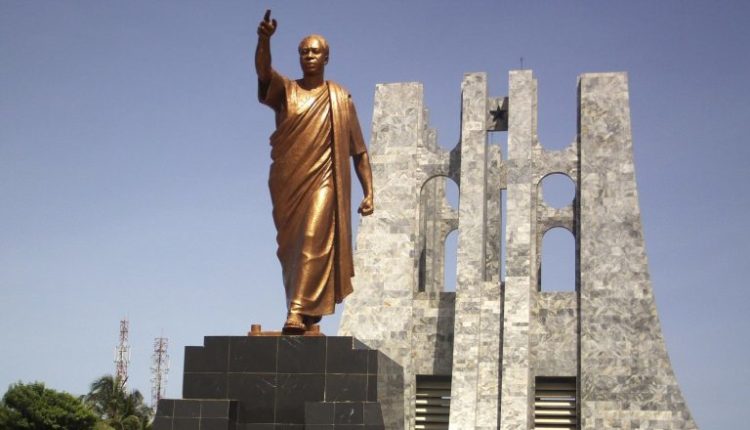In every nation, honouring leaders through monuments and statues serve as a reflection of their contributions to the country’s development and progress. Ghana is no exception, with its rich political history and a legacy of transformational leadership. However, the timing and appropriateness of such honors have often sparked public debate, as seen in recent discussions around the commemoration of sitting President Nana Addo Dankwa Akufo-Addo.
A Look at Ghana’s Presidential Monuments
Past presidents of Ghana, from Jerry John Rawlings to John Dramani Mahama, have left indelible marks on the nation. Yet, the tradition of erecting statues or monuments in their honor has been gradual and reflective, typically unfolding years after their tenure.
- Jerry John Rawlings: Ghana’s longest-serving head of state and a key figure in the nation’s transition to democracy is widely respected. While numerous institutions, including universities, bear his name, a prominent public statue is yet to be unveiled.
- John Agyekum Kufuor: Known for his policies on economic liberalisation and the National Health Insurance Scheme, Kufuor’s legacy is celebrated. However, like Rawlings, his contributions have yet to be commemorated with a major statue.
- John Evans Atta Mills: The late president is remembered as a man of peace, with the “Asomdwee Park” serving as his final resting place. Additionally, the Atta Mills Memorial Library in Cape Coast stands as a tribute to his leadership and love for education, but no statue has been erected in his name.
- John Dramani Mahama: As a living former president and active political figure, Mahama has not yet been publicly immortalized with statues or monuments, a practice typically reserved for leaders no longer in active service.
The Debate Around President Akufo-Addo
Recently, there has been discussion around honoring President Nana Akufo-Addo with monuments while he is still in office. This move has sparked mixed reactions among Ghanaians, with many questioning the urgency of such recognition. Traditionally, the contributions of leaders are celebrated after their tenure, allowing time for a comprehensive assessment of their legacy.
Critics argue that immortalising sitting leaders risk politicising what should be a unifying gesture. Some view such actions as premature, pointing out that a full evaluation of a leader’s impact can only be made with historical perspective. Supporters, on the other hand, may highlight significant achievements during his administration, including initiatives like the Free Senior High School policy and the One District, One Factory program.
The Importance of Timing in Building Legacy
Honoring leaders is more than a symbolic gesture; it is a statement of collective national memory. Ghana’s history teaches that legacy is best judged over time, with monuments serving as enduring markers of unity and shared pride. Rushing to erect statues of sitting presidents risks diluting their significance, transforming them into political statements rather than timeless symbols of service and sacrifice.
As the debate around President Akufo-Addo unfolds, Ghana must take cues from its past. Leaders like Kwame Nkrumah, whose statues and monuments are revered, were honored after their contributions had been thoroughly evaluated by history. This approach ensures that such tributes reflect the collective will of the people and stand as authentic markers of national identity.
Conclusion
The commemoration of national leaders through monuments should reflect their lasting impact on the nation, celebrated in a manner that inspires unity and pride. Ghana’s experience shows that the legacy of leaders grows stronger with time, as their contributions are more clearly understood. While President Nana Akufo-Addo’s achievements may merit future recognition, the process of immortalising leadership must be patient and thoughtful. By allowing history to judge, Ghana ensures that its monuments stand not only as testaments to individual achievements but as enduring symbols of a nation’s gratitude and progress.
Writer: Ernest De-Graft Egyir


Comments are closed.